Focus, frame, click!
Photography is about choices – what to include and what to leave out. Positive space photography puts the spotlight on your main subject, making it the hero of your visual story.
In this guide, we’ll walk through simple steps to make your subjects jump off the screen. You’ll learn how everyday objects can become eye-catching images when you understand the basics of positive space.
Ready to level up your photo game?
Let’s start seeing the world one frame at a time!
What is Positive Space Photography?
Positive space in photography refers to the main subject or focus of your image. It’s the area that naturally draws your eye when looking at a photo.
In simple terms, positive space is what your photo is “about” – the person, animal, building, or object that serves as your main subject.
Photographers focus on positive space because it helps create clear, meaningful images. When you understand how to work with positive space, you can make photos that quickly communicate their purpose to viewers. Think of positive space as the “star” of your photo – it needs the right amount of attention to shine.
For example, in a portrait, the person is the positive space. In a wildlife photo, the animal fills the positive space. Even in landscape photography, certain features like mountains or trees can act as positive space, giving the viewer a clear point to focus on.
The key to good positive space: Making sure your main subject stands out clearly. This doesn’t mean your subject needs to fill the entire frame – it just needs to be obvious what viewers should look at first.
Techniques to Master Positive Space
Now that we understand what positive space is, let’s look at specific ways to use it well in your photos.
1. Choosing Your SubjectThe first step is picking subjects that work well as positive space. Strong subjects often have:
Good subjects might be a single flower against soil, a person against a plain wall, or a brightly colored bird in a tree. The key is selecting something that will clearly stand out as your main focus. |
↓
2. Composition RulesHow you frame your subject makes a big difference. Try these tips:
|
↓
3. Color and ContrastColors can make your positive space pop:
|
↓
4. Lighting and BackgroundsGood lighting brings your subject to life:
|
Remember that your goal is to make the positive space (your subject) easy to spot and understand at first glance. Your choices about framing, color, and light all work together to achieve this goal.
Why Positive Space Matters for Great Photos?
Good photos tell clear stories at a glance, and positive space helps make this happen.
When you use positive space well in your photos, you get three main benefits:
- Enhances visual clarity. Photos with clear positive space are easier to understand. Your viewers instantly know what to look at. This visual clarity helps people connect with your images more quickly.
- Draws viewer attention. Strong positive space acts like a visual magnet, pulling the eye right to the most important part of the image. This immediate focus keeps people looking at your photo longer.
- Helps in storytelling. Every good photo tells some kind of story. Your positive space is the main character. When the positive space stands out, your story comes across more clearly.
Understanding how to work with positive space turns random snapshots into thoughtful images that communicate exactly what you want them to.
Understanding Negative Space: The Important Contrast
Negative space in photography refers to the empty or open areas surrounding the main subject (positive space) in an image. It’s the background, foreground, or areas between elements that don’t contain the primary subject matter.
Negative space serves several important functions:
- It provides context for the main subject
- It creates visual breathing room and balance
- It helps direct the viewer’s attention to the main subject
- It can evoke specific emotions or moods (like calm, isolation, or freedom)
- It adds compositional interest through contrast with the subject
Good examples of negative space include a clear blue sky behind a mountain, empty table space around a small object, or blank walls surrounding a portrait subject.
Positive and Negative Space in Photography
| Aspect | Positive Space | Negative Space |
|---|---|---|
| Definition | The main subject or focal point of the image | The empty area around and between the main subject |
| Purpose | Draws attention to the main subject | Provides context and breathing room |
| Visual Weight | Heavier, more dominant | Lighter, more recessive |
| Detail Level | Usually more detailed and textured | Usually simpler and less detailed |
| Color | Often more saturated or contrasting colors | Often more neutral or muted tones |
| Emotion | Creates feelings of importance or presence | Creates feelings of calm, isolation, or freedom |
| Composition Role | Tells the main story | Enhances and supports the main subject |
| Balance | Creates visual interest and focus | Creates visual rest and context |
| Examples | People, animals, buildings, objects | Sky, water, empty walls, shadows |
| Attention | Where the eye is drawn first | Where the eye rests or moves through |
This comparison shows how both elements work together in creating effective photographic compositions, with each serving distinct but complementary purposes.
Snap Better Photos with Positive Space
Positive space photography helps you create photos that speak clearly to viewers. By focusing on your main subject and making smart choices about composition, color, and light, you can make images that grab attention and tell strong visual stories.
Both positive and negative space are crucial in photos. The main subject needs space to shine, while the areas offer context and balance, creating impactful images.
As you take photos this week, consider your positive space. Is your subject clear and prominent? Small adjustments in framing, lighting, and presentation can lead to significant improvements.
What questions do you have about using positive space? Share your thoughts in the comments below!

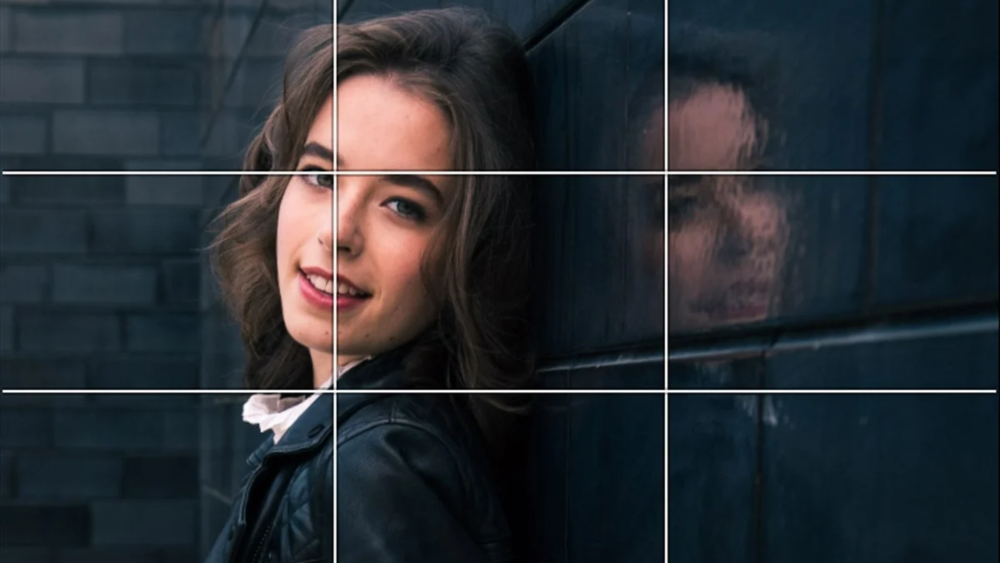
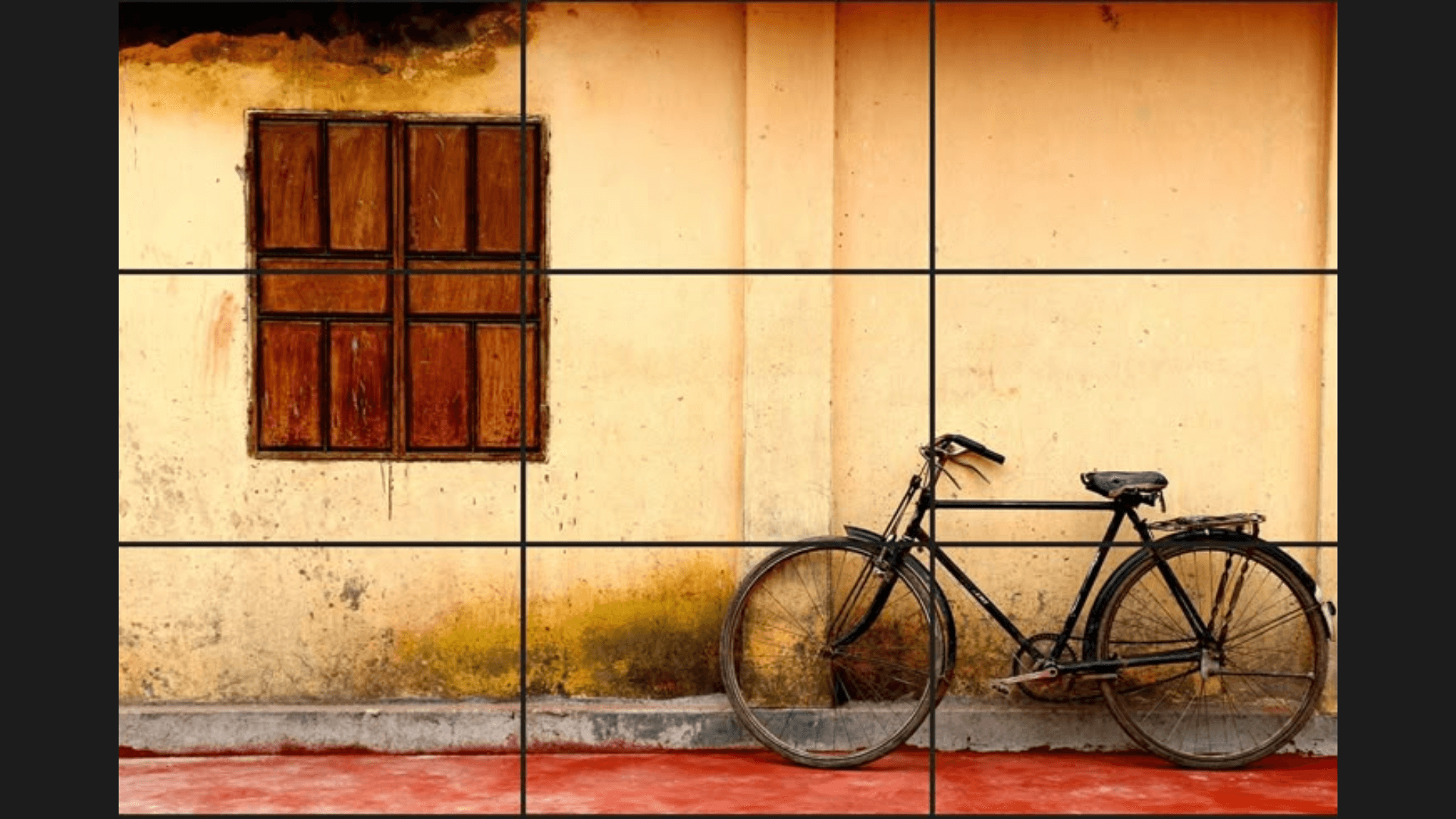
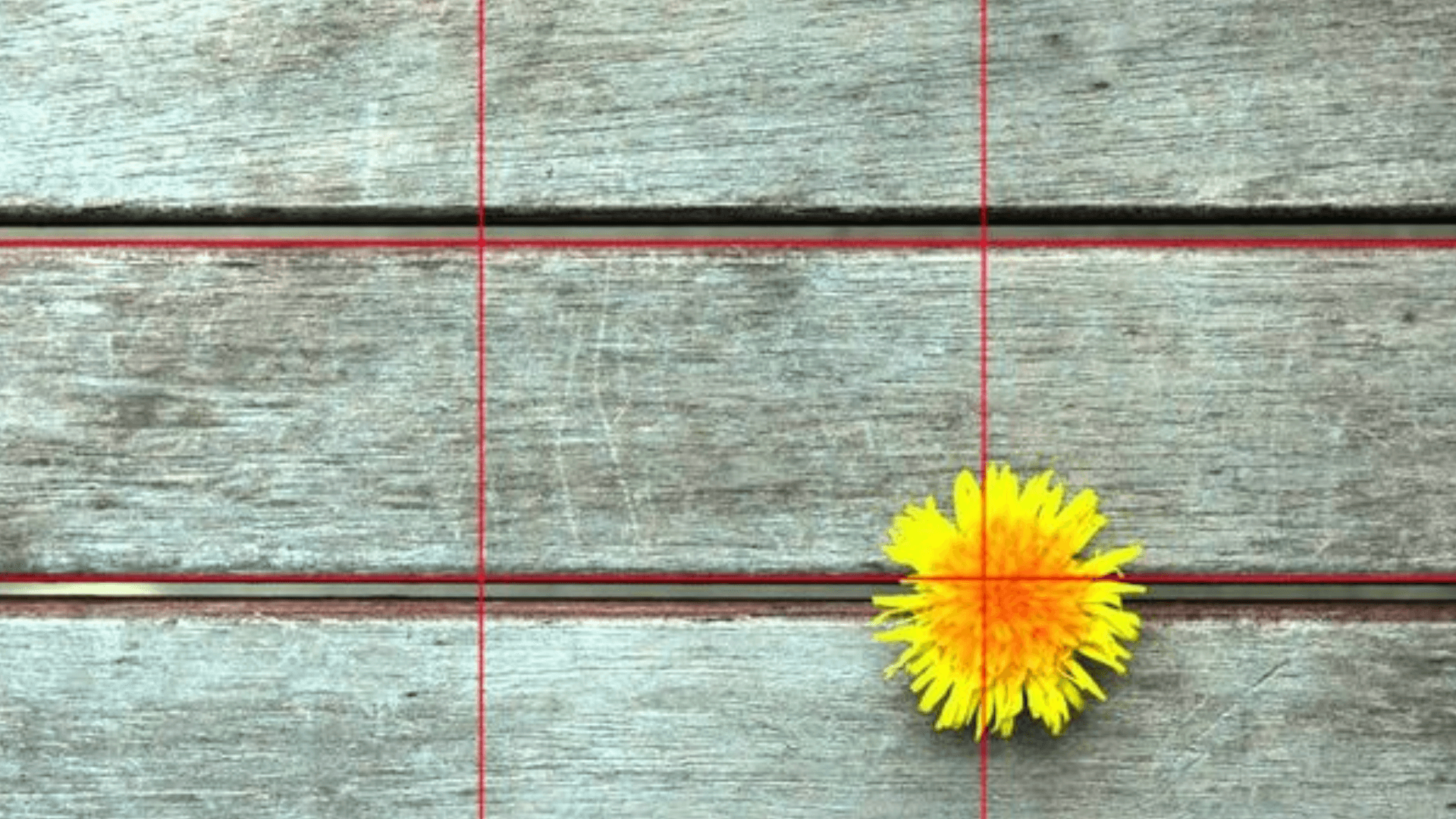
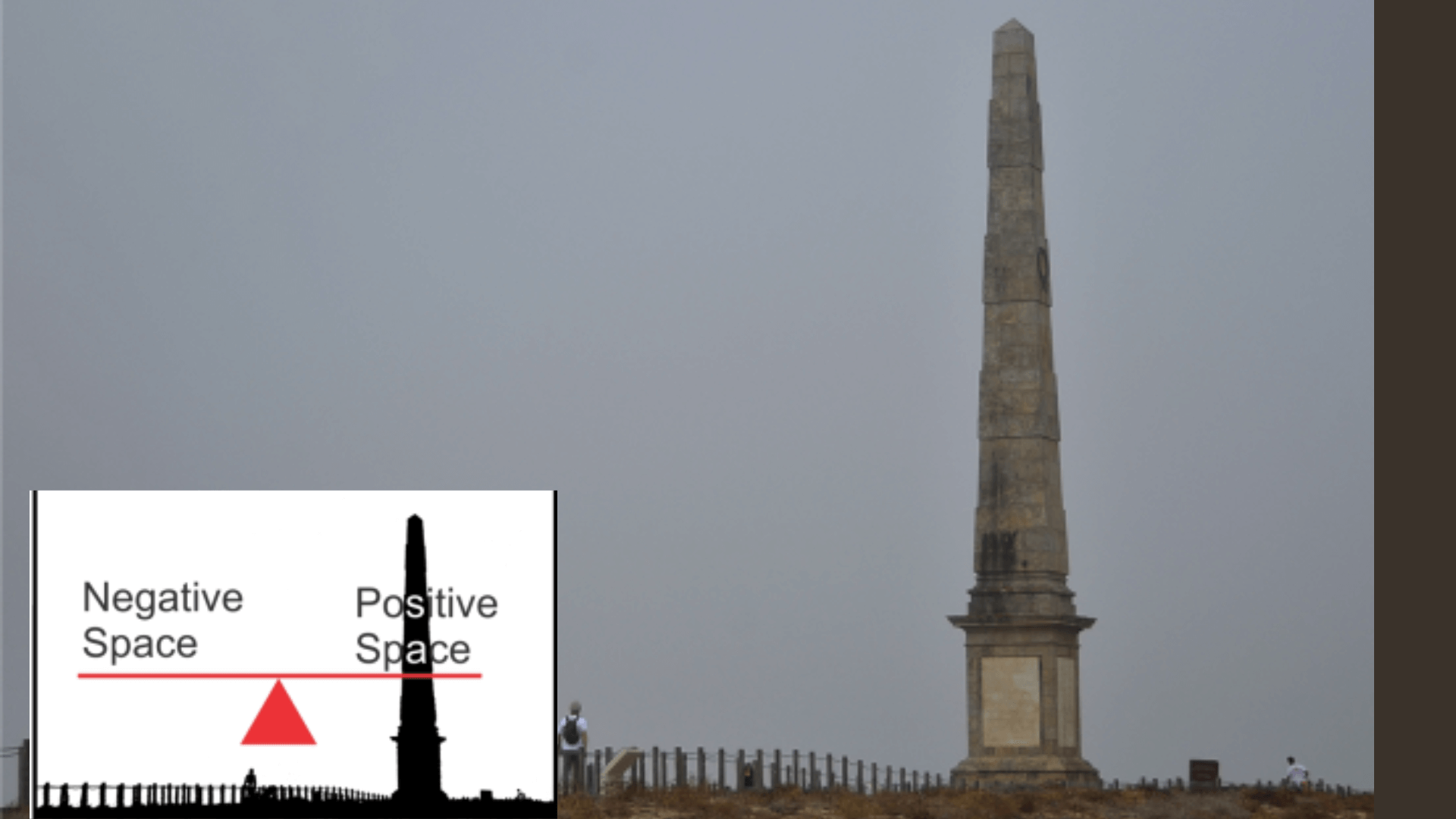
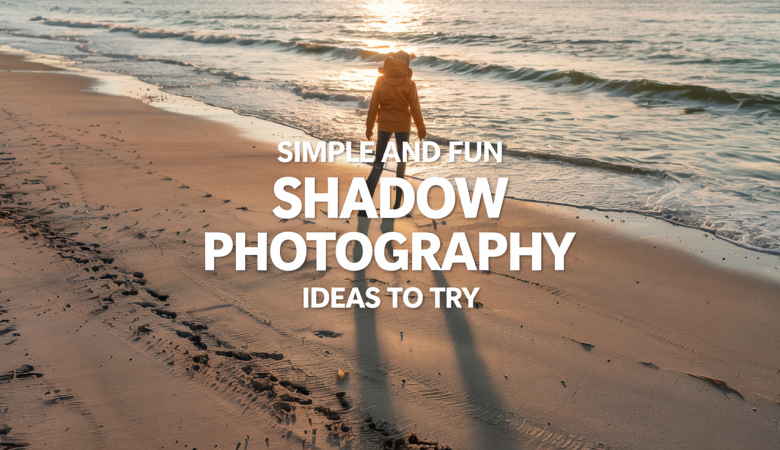
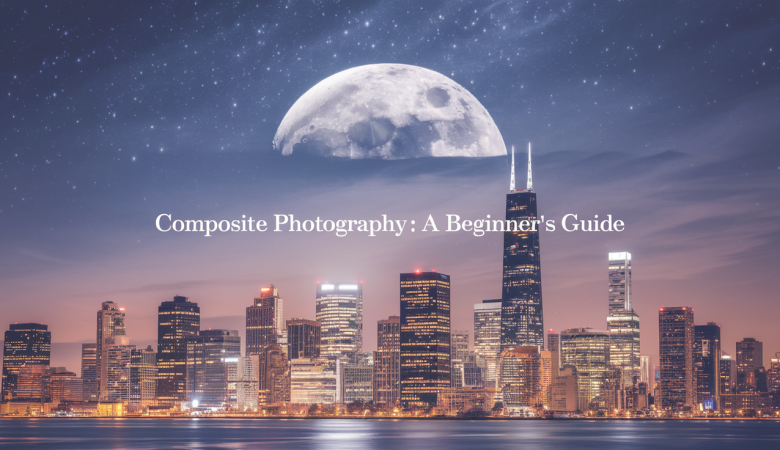

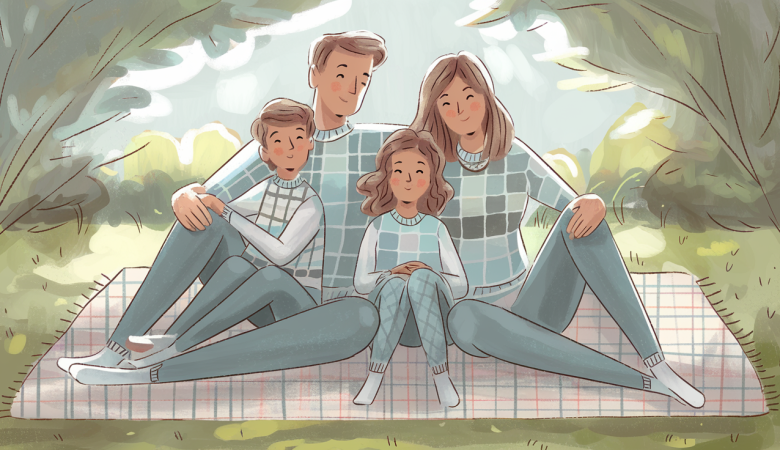
Leave a Reply